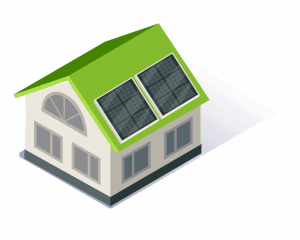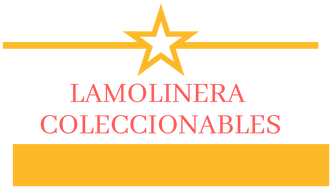The battery produces electricity:
A battery produces electricity involving two unique metals in a synthetic arrangement. A compound response between the metals and the synthetics liberates a greater number of electrons in a single metal than in the other. One finish of the battery is connected to one of the metals; the opposite end is joined to the next metal. If a wire is connected from one finish of the battery to a different one, electrons course through the wire to adjust the electrical charge. A heap is a gadget that takes care of business or plays out a task. If a heap, for example, a lightbulb is set along the wire, the electricity can take care of business as it moves through the wire. In the image above, electrons stream from the adverse finish of the battery through the wire to the lightbulb. The electricity and Power to Choose Alternative courses through the wire in the lightbulb and back to the battery.
Electricity travels in circuits
Electricity goes in shut circles, or circuits (from the word circle). It should have a total way before the electrons can move. On the off chance that a circuit is open, the electrons can’t stream. At the point when we flip on a light switch, we used to close a circuit. The electricity streams from the electric wire through the light and back into the wire. At the point when we flip the switch off, we open the circuit. No electricity streams to the light. At the point when we turn a light switch on, electricity moves through a minuscule wire in the bulb. The wire gets exceptionally hot. It makes the gas in the bulb shine. At the point when the bulb wears out, the small wire has broken. The way through the bulb is no more. At the point when we turn on the television, electricity moves through wires inside the set, delivering pictures and sound. At times electricity runs engines in washers or blenders. Electricity does a ton of work for us. We use it commonly every day.
Magnets and electricity
The twirling of electrons around the core of a molecule makes a little magnetic field. Most items are not magnetic because the iotas are organized so the electrons turn in various, arbitrary headings, and counterbalance one another. Magnets are unique; the particles in magnets are organized with the goal that the electrons turn in a similar course. This plan of particles makes two poles in a magnet, a Northseeking pole and a South-chasing pole. A magnet is marked with North (N) and South (S) poles. The magnetic power in a magnet streams from the North pole toward the South pole.

Have you at any point held two magnets near one another?
They don’t behave like most items. On the off chance that you attempt to push the South poles together, they repulse one another. Two North poles likewise repulse one another. Turn one magnet around and the North (N) and the South (S) poles are drawn to one another. The magnets meet up with serious areas of strength for a. Very much like protons and electrons, opposites are drawn toward each other. These exceptional properties of magnets can be utilized to make electricity. Moving magnetic fields can able to do both pull and push electrons. A few metals, similar to copper, have electrons that are inexactly held. They can be moved from their shells by moving magnets. Magnets and wires are utilized together in electric generators.

